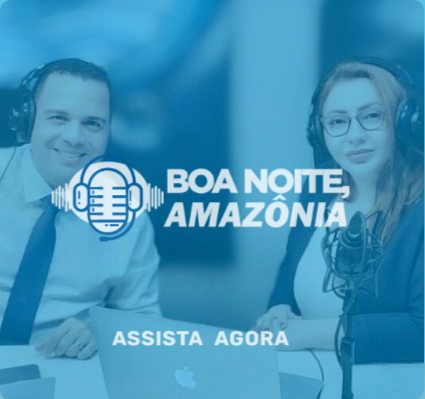With information Veja
SÃO PAULO – Ilzinei da Silva is a native of the Baniwa ethnic group. Until she was 21 years old she had never left São Gabriel da Cachoeira (AM), the third-largest city in the country in territorial extension, nestled in the Amazon jungle between Colombia and Venezuela.
She lived at the county seat, because her parents left the village where they were born. Studied and passed the biomedicine entrance exam in Manaus. Without knowing how he would go to the Amazon capital, he received help from the 2nd Army Jungle Infantry Brigade and went to fulfill his dream on board an Armed Forces aircraft.
At the age of 23, she left biomedicine because she had passed medicine at the State University of Amazonas (UEA). The indigenous woman graduated in April last year, in the midst of the new coronavirus pandemic, and treated infected patients at the Nilton Lins Basic Health Unit, in the capital of Amazonas, and at a center dedicated to the care of people with the new coronavirus.
She returned to São Gabriel da Cachoeira and, in February of this year, joined the ranks of the same brigade of the Armed Forces that helped her arrive in Manaus to attend college. He started working at the Municipal Hospital of Guarnição – a unit that is state, but managed by the Army.
It receives patients with Covid-19 symptoms and even Baniwa women who do not even speak Portuguese. “They were impressed. One of us is a doctor. How is it possible? ”Says Ilzinei, who speaks the Baniwa dialect.
According to the latest epidemiological bulletin from the state government, São Gabriel da Cachoeira has 7,144 confirmed cases and 94 deaths. The city has about 46 thousand inhabitants.
In the municipality, nine out of ten residents are indigenous. Predominance is reflected in the troops, where 40% of the population is indigenous, according to General Alexandre Ribeiro de Mendonça, who commands the brigade.
Compartilhe:
Comentários



